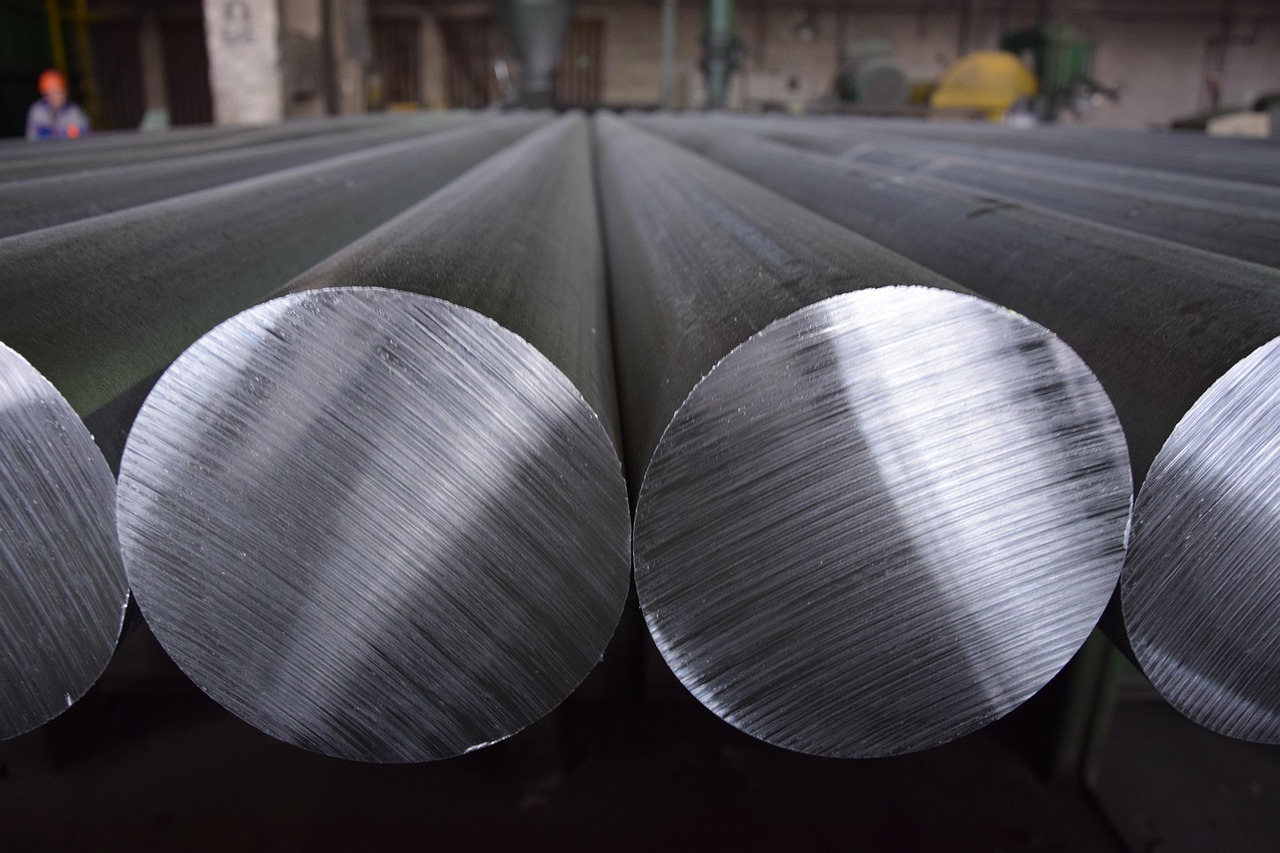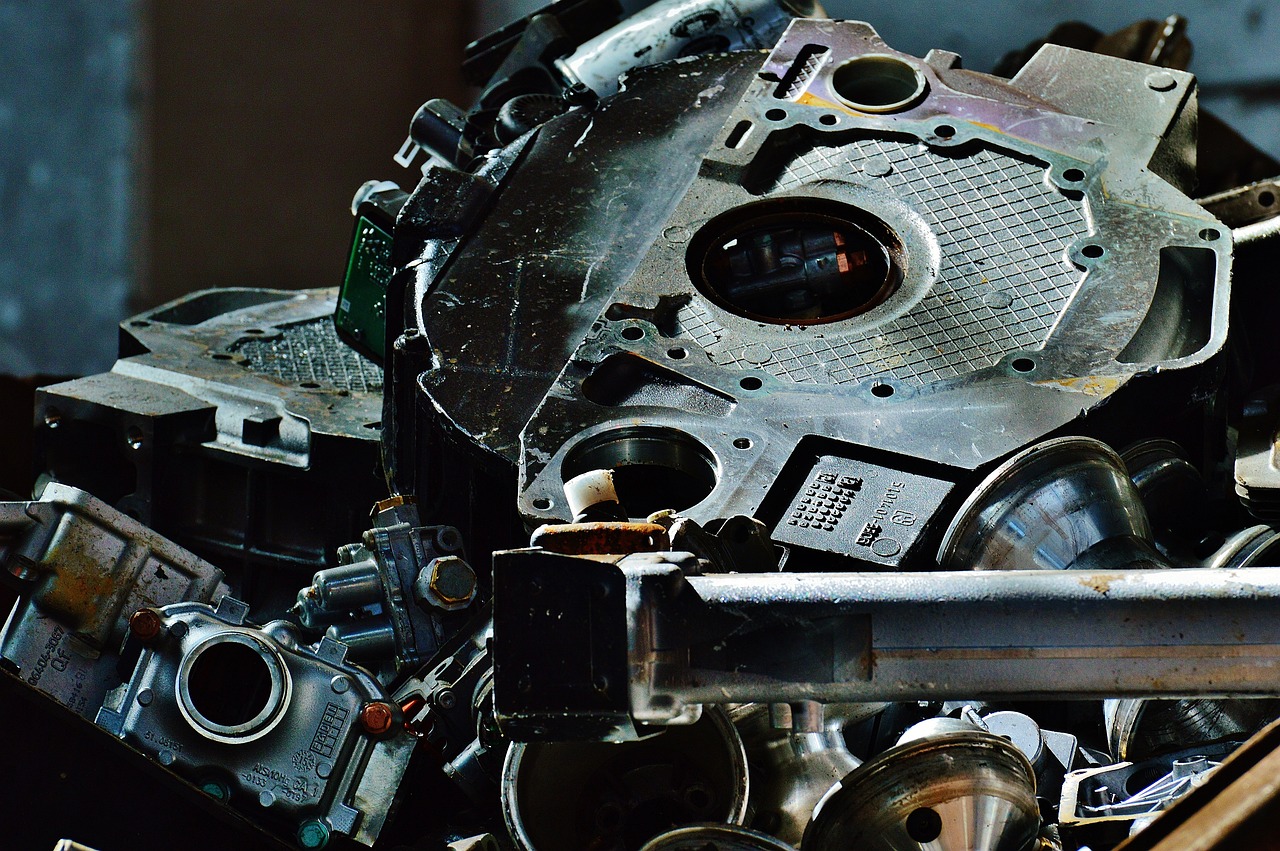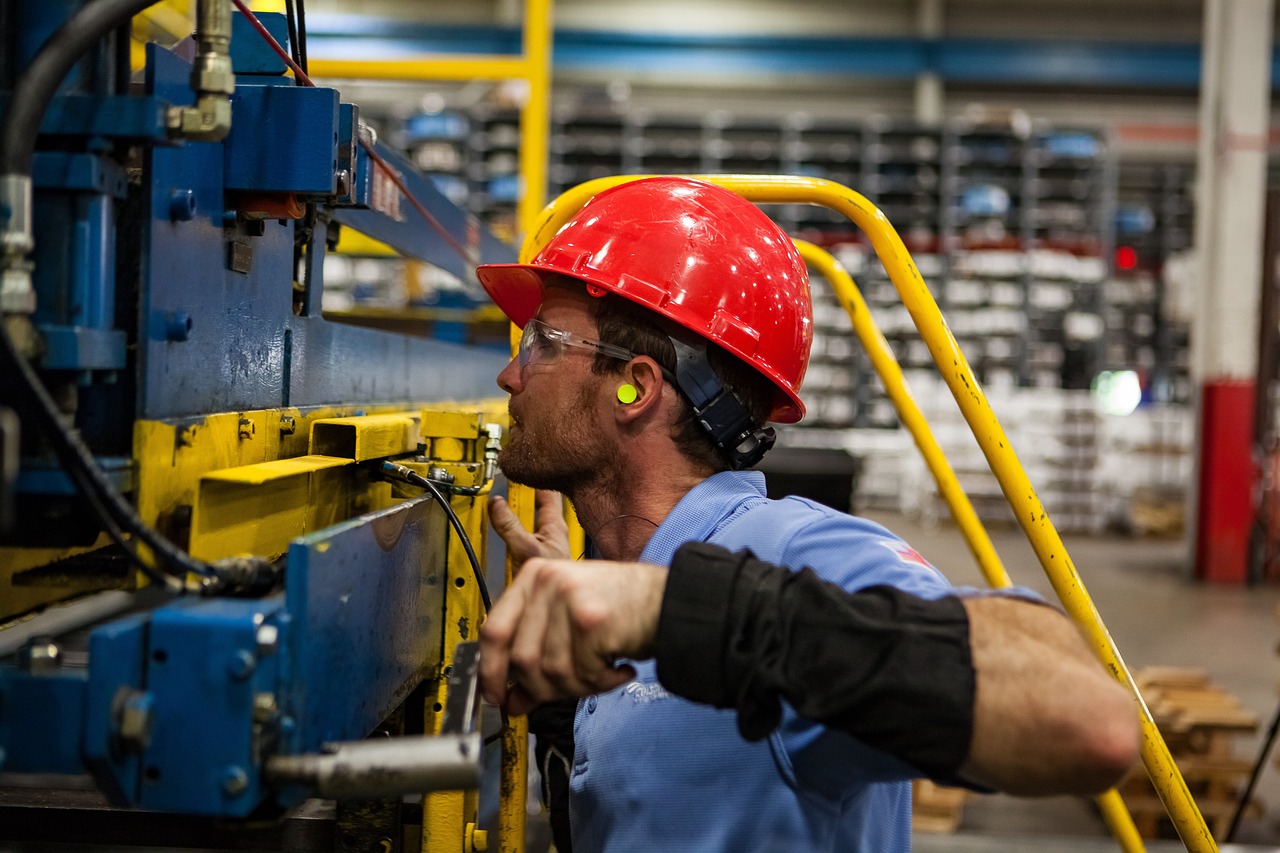Digital twin technology involves creating a virtual model of a physical object, process, or system. This technology replicates and simulates real-world entities in a digital space, enabling real-time monitoring, analysis, and simulation. Digital twins are increasingly used across various industries, from healthcare for patient monitoring to intelligent cities for urban planning. All of this is possible because of its reliance on data from different sources.
Components of Digital Twin Technology
Data Sources
Digital twins rely on data collected from various sources, including sensors on physical objects, operational data, and environmental inputs. This data allows the digital twin to mirror real-world conditions accurately and predict maintenance needs before failures occur. Some relevant and exciting examples of data sources include:
Geospatial Data
Utilized in urban planning and innovative city applications, geospatial data from satellite imagery and GIS systems helps create accurate digital twins of entire cities, enabling efficient resource management and emergency response planning.
Wearable Technology
In healthcare, wearable devices such as smartwatches and fitness trackers provide continuous biometric data, including heart rate, blood pressure, and activity levels, to create a digital twin of a patient’s health status for personalized medical care.
Industrial IoT Sensors
In manufacturing, IoT sensors installed on machinery collect data on temperature, vibration, and operational cycles. This data helps create digital twins of production equipment, allowing for predictive maintenance and minimizing downtime.
Integration with IoT
The Internet of Things (IoT) plays a crucial role in digital twin technology by providing connectivity and data exchange between physical and digital entities. Some relevant and exciting examples of IoT integration include:
Smart Grid Management
IoT devices monitor and manage electricity flow within intelligent grids, creating digital twins of the entire energy distribution network. This allows utility companies to optimize energy distribution, reduce outages, and integrate renewable energy sources more effectively.
Connected Vehicles
In the automotive industry, connected vehicles equipped with IoT sensors provide real-time data on vehicle performance, driver behavior, and road conditions. This data feeds into digital twins to enhance vehicle design, improve safety features, and enable predictive maintenance.
Building Automation Systems
In smart buildings, IoT devices track environmental conditions such as temperature, humidity, and air quality. These inputs create digital twins that optimize HVAC systems, lighting, and energy consumption, leading to more sustainable and efficient building operations.
Simulation and Modeling
A digital twin’s core capability is its ability to simulate scenarios and predict outcomes based on received data. Some relevant and exciting examples of simulation and modeling include:
Healthcare Treatments
Digital twins of individual patients, created using data from medical records and real-time monitoring devices, allow doctors to simulate various treatment options and predict their outcomes, personalizing medical care and improving treatment efficacy.
Aerospace Engineering
In aerospace, digital twins of aircraft engines simulate wear and tear over time, allowing engineers to predict maintenance needs, optimize performance, and extend the lifespan of critical components. This results in safer and more efficient aircraft operations.
Environmental Impact Assessments
Digital twins of ecosystems, created using data from environmental sensors, help scientists simulate the impact of human activities, such as construction or pollution, on natural habitats. These models assist in developing strategies for ecological conservation and sustainable development.
Case Study: NASA’s Use of Digital Twin Technology
NASA utilizes digital twin technology for its space missions, particularly with the Orion spacecraft. By creating detailed digital models that simulate the spacecraft’s behaviors under various conditions, NASA can predict and address potential issues before they occur. Furthermore, NASA’s use of digital twins extends to astronaut health monitoring, where biometric data creates a digital twin of an astronaut’s physiological state, allowing for real-time health assessments and interventions during missions. This proactive approach enhances safety, increases efficiency, and reduces costs in critical space operations.
Case Study: Paris Olympic Stadium’s Use of Digital Twin Technology
The Paris Olympic Stadium, set to host events for the 2024 Summer Olympics, employs digital twin technology to optimize its design, construction, and operation. The stadium’s digital twin integrates data from various sources, including structural sensors, crowd movement trackers, and environmental monitoring systems. This comprehensive digital model allows architects and engineers to simulate and refine the stadium’s performance under different scenarios, such as peak crowd conditions and extreme weather events.
During construction, the digital twin helps monitor real-time progress, identifying potential delays and inefficiencies. Once operational, the stadium’s digital twin will manage energy consumption, optimize crowd flow, and ensure safety by predicting maintenance needs and potential hazards. This innovative use of digital twin technology enhances the fan experience. It significantly reduces operational costs and environmental impact, setting a new standard for future sports venues.





